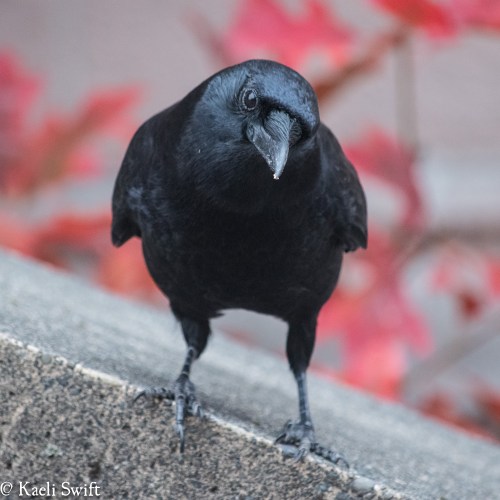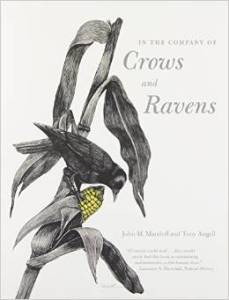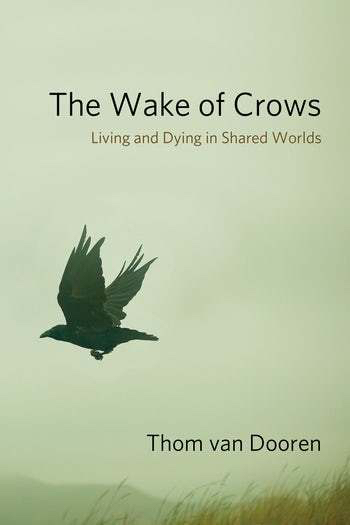Every once in a while, including on this very site, a popular science article will come out about a new study demonstrating the intellectual capabilities of corvids, or just generally espousing their intelligence. While articles communicating this certainly aren’t wrong, I do feel they most often leave out the essential detail to understanding these headlines: what animal scientists mean when they say “intelligence.”
In the day to day way we use the word, intelligence can be a very loaded concept. When using it to describe humans, for example, it’s often biased towards favoring skills exhibited by the neurotypical people that have historically defined it. Given this complexity in the human realm, applying it to animals seems all the more prone to inappropriate biases, inviting criticism that how we evaluate intelligence is nothing more than identifying animals that operate most like us. While it’s true that our scientific understanding of intelligence is rooted in our human lens, it’s not the case that the word has some esoteric meaning based on how much we feel an animal is like ourselves.
Nor is the case that intelligence is simply a reflection of an animal’s success in its environment. That idea is best captured and perpetuated by the following quote, which was not said by Einstein but is most often attributed to him:
“Everyone is a genius. But if you judge a fish by its ability to climb a tree, it will live its whole life believing that it is stupid.”
I find this idea most irksome because it equates “intelligence” with success, implying (seemingly unintentionally) a value system where intelligence is not only an evolutionary goal, but the final stop in a hierarchical, evolutionary ladder. This could not be further from the way evolution works, not to mention the host of problems associated with trying to put non-human animals on some kind of value scale based on how much they happen to be cognitively like us. Chinook salmon are really good at finding smaller fish to eat, transitioning from saltwater to freshwater, and fighting their way upstream to breed in their natal streams. That doesn’t make them “geniuses” but it does make them successful, and in the eyes of nature that’s all that matters.
So what is intelligence? You might see it defined in slightly different ways, but as defined in my field, intelligence is the ability to flexibly solve problems using cognition rather than instinct or trial and error learning. That definition allows us to parse behaviors that may on their surface seem complex, smart, etc., but are in fact the result of simple mechanisms that have been selected for over generations, and cannot be applied by the animal to situations they did not evolve to address.
For example, a pigeon’s ability to discriminate specs of edible food on a sidewalk, a squirrel stashing food for a harsh winter, or a bee dancing to communicate the locations of flowers may all seem like intelligent behaviors, but under our working definition they are not. That’s because when we look closer we see that these animals execute these skills instinctively, and cannot apply them outside of the contexts for which they were specifically evolved to operate. Corvids, primates, elephants, etc, all have examples of skills that they possess because it’s relevant to their natural history, but that they can also apply to completely novel circumstances.
So when scientists describe certain animals as intelligent, know that that’s shorthand for the fact they exhibit a type of general cognitive skill. Most often, we determine that an animal demonstrates intelligence by looking for the presence of behaviors/abilities that hallmark this kind of cognitive, flexible thinking. Things like causal reasoning, imagination, insight, mental time travel, etc. This is how something like an experiment showing New Caledonian crows can infer the properties of objects based on how they behave when suspended in front of a fan, lends evidence to New Caledonian crows’ intelligence.
Since certain animals possess more of these tools than others, or display some of them with greater aplomb, it can be tempting to try and rank animals under the umbrella of intelligence (i.e. are crows smarter than ravens?). But this is where, in my opinion, the inquiry into their intelligence stops being useful. It’s interesting to know how different animals solve problems, but it quickly becomes boring, even dangerous, when the goal is handing out blue ribbons.













